Sometimes, greatness can’t be rushed. Lancia’s humble Delta family hatchback had been around since 1979, but it wasn’t until 1987 that the now-famous Integrale badge was applied to the road car. And for the next seven years, it signified the pinnacle of the hot hatch, with supercar-embarrassing performance on the road and world-beating pace on the rally stage.
The Delta had already shown itself to be a competent performer, with HF variants in 1983 and the turbocharged HF 4WD in 1986. When Lancia decided to take the Delta rallying in the new 1987 Group A class, the wick was turned up once again for the road-going models. As per the rules, 5000 homologated road cars had to be built each year to comply with regulations, but by 1993, demand had pushed Integrale production to nearly 45,000.
HF (High Fidelity) lettering and its galloping elephant mascot had signified fast Lancias for almost 25 years and, in the words of Gianni Lancia, that was because “once an elephant starts running, nobody can stop it”. And the Integrale only took this further: in 1987, 1988 and 1989, it wrapped up the drivers’ World Rally Championship in dominant style, and even in 1991, it beat the mighty and modern Celica GT-Four to a surprise fourth championship.
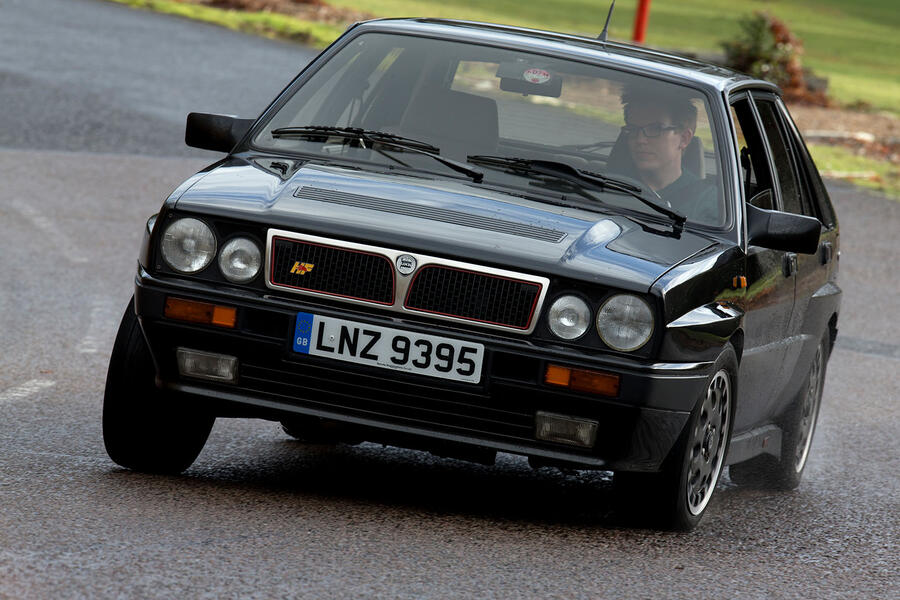
The road-going Delta was constantly evolving too, right from the HF Integrale 8v, which used a large-capacity Garret T3 turbo for 182bhp, a five-speed manual and permanent four-wheel drive. Some of these first cars were officially imported into the UK, although only in left-hand drive. It took until 1989 and the new 197bhp HF Integrale 16v for us to receive right-handdrive cars, but this was done via a UK dealer conversion and they were not generally well received by enthusiasts – and still aren’t. Incidentally, you can tell a 16v car from an 8v by the wheels, which have five bolts instead of four.
It was 1991 when things really started to heat up with the Evoluzione (or Evo), which celebrated Lancia’s fifth constructors’ championship win, and its factory team’s retirement from participation.
The Evo I packed 207bhp and is set apart from earlier Integrales visually by an even wider track and arches, as well as a more aggressive wing.
Then 1993’s Evoluzione II arrived with a final bump in power, to 212bhp, and larger wheels (16in against 15in of previous Integrales).
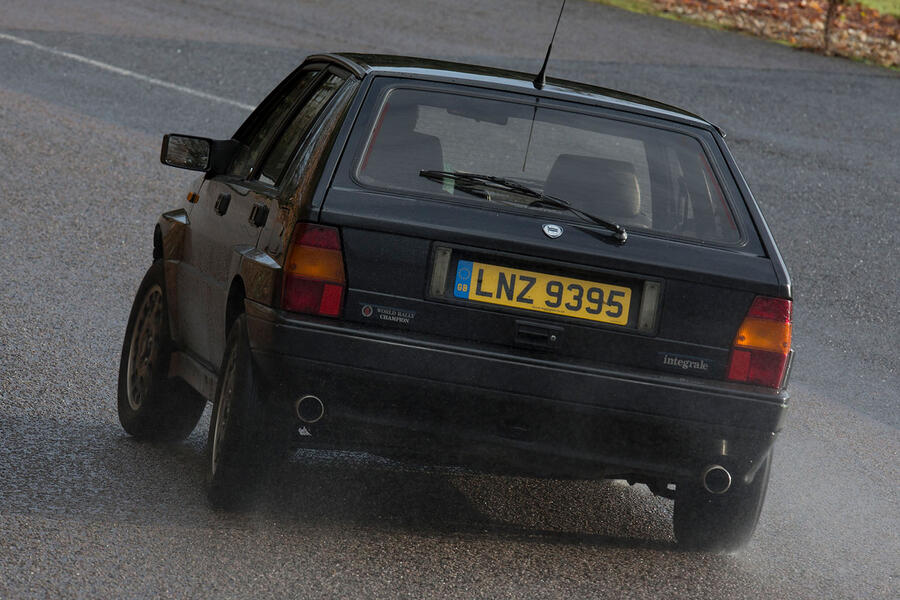
Generally, the later the car, the more desirable it is, and while you’d have no trouble spending upwards of £100,000 on an Integrale, it doesn’t have to be that way. In fact, you’re only £25,000 away from owning a rally legend. ‘Only’, of course, being contextual.
Because at least another £50,000 would be needed for a later Evoluzione car, the sensible money may well be on the eight-valve and 16-valve models, whose value has not yet risen to quite the same lofty heights. As worldwide demand grows, and many UK Deltas are being exported to the US and Germany, prices can be expected to continue to rise, so grab one while you can.
What we said then
18th February 1988: “Sublime steering allowed exceptional control, while turn-in was amazingly sharp. Flooring the throttle at an apex called up one bar of overboost, but we never came close to breaking traction.”
An owner's view
Mike Joyce: “I bought my Integrale Evo ll in 2004 for £25k, and I’m quite sure it’s worth a lot more than that now, so it has been a terrific investment. I’ve had great fun with it, covering about 4000 miles a year. My advice would be to buy the best you can afford and avoid the right-hand-drive conversions because they changed the whole character of the steering with a different rack and they have quite a bad reputation. Parts generally can be really pricey, too, so do shop carefully.”
Buyer beware
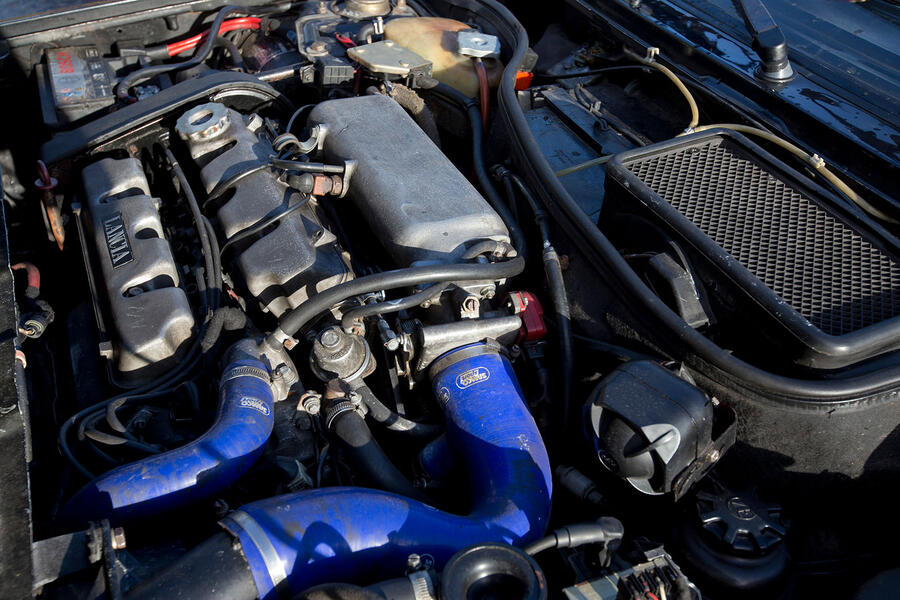
Engine: Inspect for oil leaks from the upper sump gasket. Beware camshaft failure, especially exhaust cam lobes worn down by metal filings in the oil bath. The cambelt and water pump are best changed every three years. Exhaust smoke could be the turbo but is more likely to be caused by worn valve guides. In cars that have been standing for long periods, the rubber fuel pump mount dissolves and blocks the pump. All cars imported from Switzerland are catalysed eight-valves, except Evo IIs.
Transmission: Check for leaks from the rear differential and epicyclic gear noise from the front differential. Old fluid in the viscous coupling can cause engagement problems. Fifth gear’s brass synchro cones wear.
Suspension and steering: Tired front wishbone bushes will cause uneven front tyre wear. Stiffened aftermarket suspension can put strain on the body and accentuate the cracking body issue (see below). The brakes on Evo cars tend to squeal.
Body: Look for rust around the front and rear screens, the top of the rear strut mounts, where the front inner wings meet the front cross member, and at the back of the roof. Check for stress cracks at the top of the A-pillar under the windscreen rubber, and down by the bottom of the doors – although this last check might mean partial removal of the bodykit.
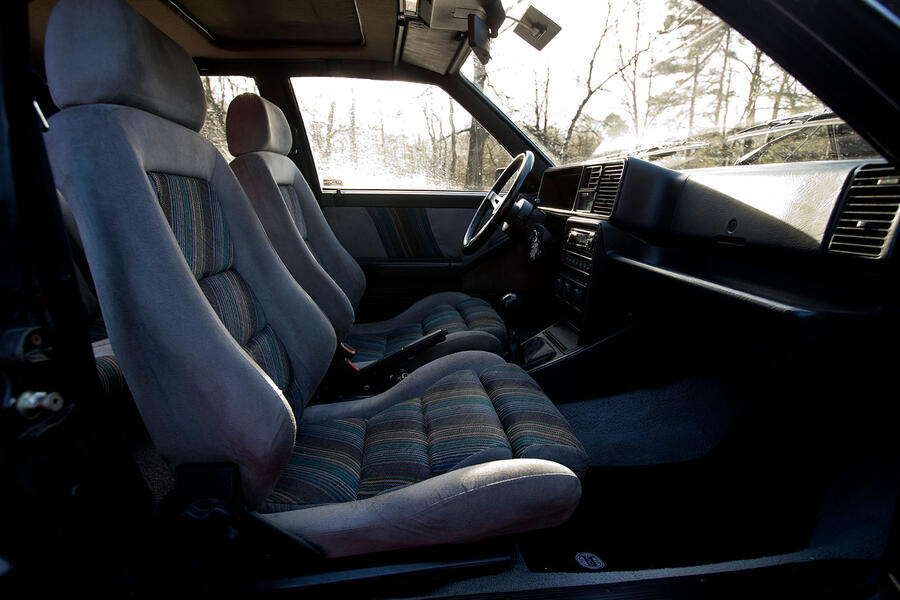
Interior: Trim can crack around the radio and clock where screws have been overtightened. The parcel shelf is likely to be broken but new ones are available. Interiors were known to squeak and creak when new.
Also worth knowing
Lancia exited the UK market in 1994, but continental Europe got a second-generation Delta, which had an HF version, initially with 183bhp but driving only the front wheels. Although the Mk2 Delta did receive a three-door version, it never became available with four-wheel drive or took part in rallying and, as such, it has remained a forgotten hot hatch of the 1990s. A few have make it to the UK as private imports, though.
Although a right-hand-drive Delta may seem more desirable, they are generally considered worse to drive. Apparently, the converting dealers used an inferior steering rack due to packaging restraints and cost. This means left-hand-drive cars are often more valuable, especially as they have increased export potential.
When we tested an 8v (seen as the least desirable) it zipped to 62mph in 6.4sec. Spend an extra £5000, and a 16v is in reach. With a 0-62mph time of 5.7sec, it matches both the later Evo cars and will only just be beaten by a modern-day Toyota GR Yaris.
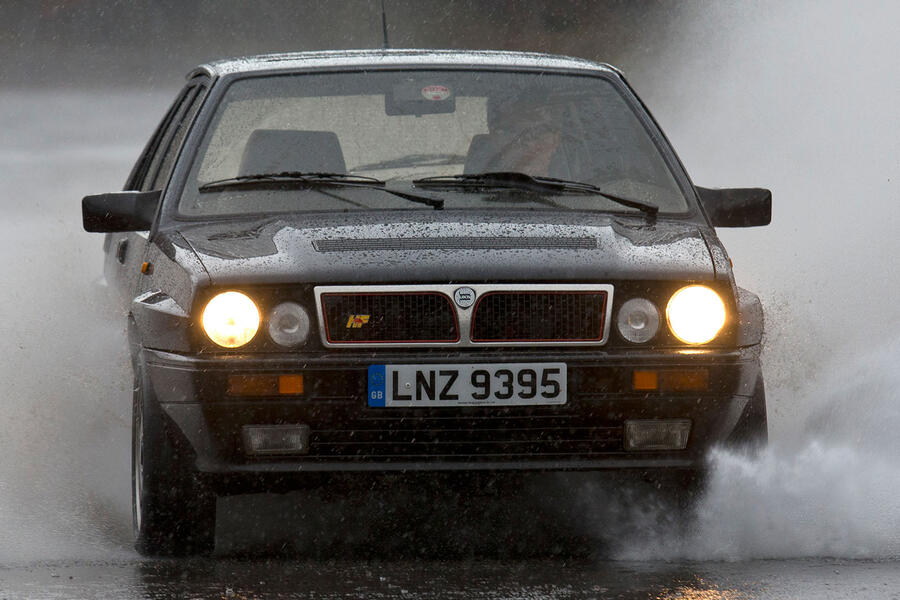
How much to spend
£25,000-£29,999: Mostly 8v cars likely to want attention but still very much roadworthy.
£30,000-£40,000: The best of the 8v cars and the price range where most 16v cars sit.
£75,000-£124,999: Evoluzione I cars that should be presented immaculately. £125,000-£200,000 The last high-spec Evo IIs. Expect low mileages and fastidious maintenance.
One we found
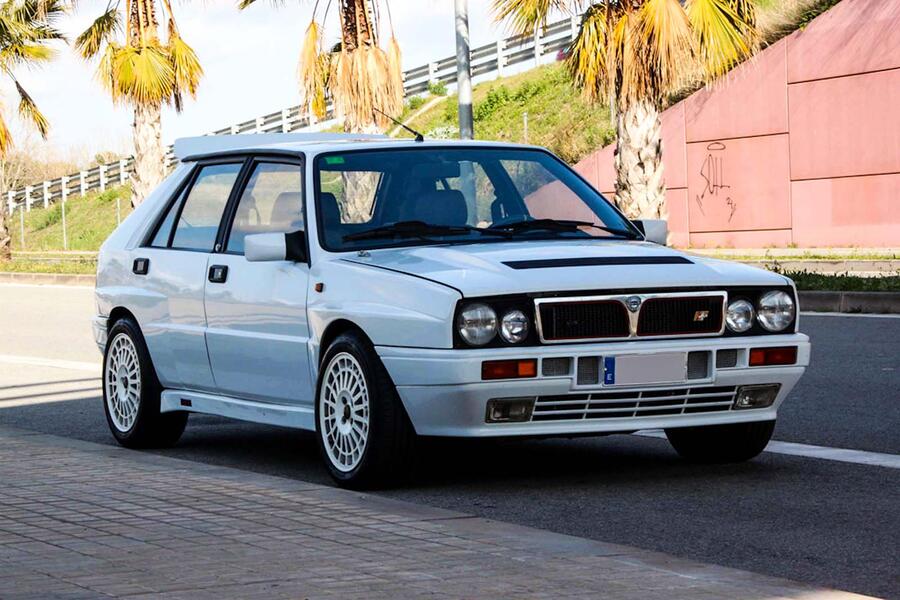
Delta HF Integrale 16V, 1989, 143,000km, £32,995: That 143,000km (89k miles) is a clue: this car is in Spain but the dealer selling it can help you bring it to the UK. It’s a three-owner car said to be “rust-free’ and in “excellent” nick, with lots of recent new parts. Its first owner upgraded it to the 16v engine.
Alex Wolstenholme

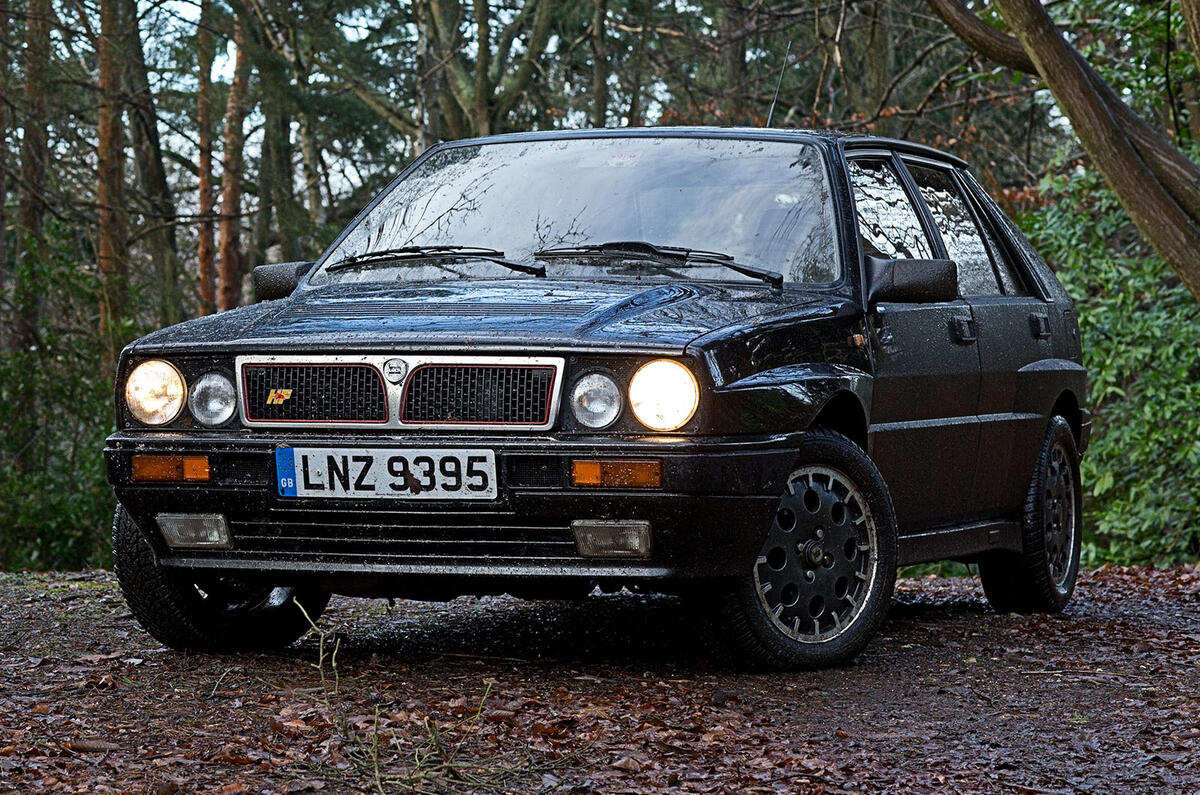
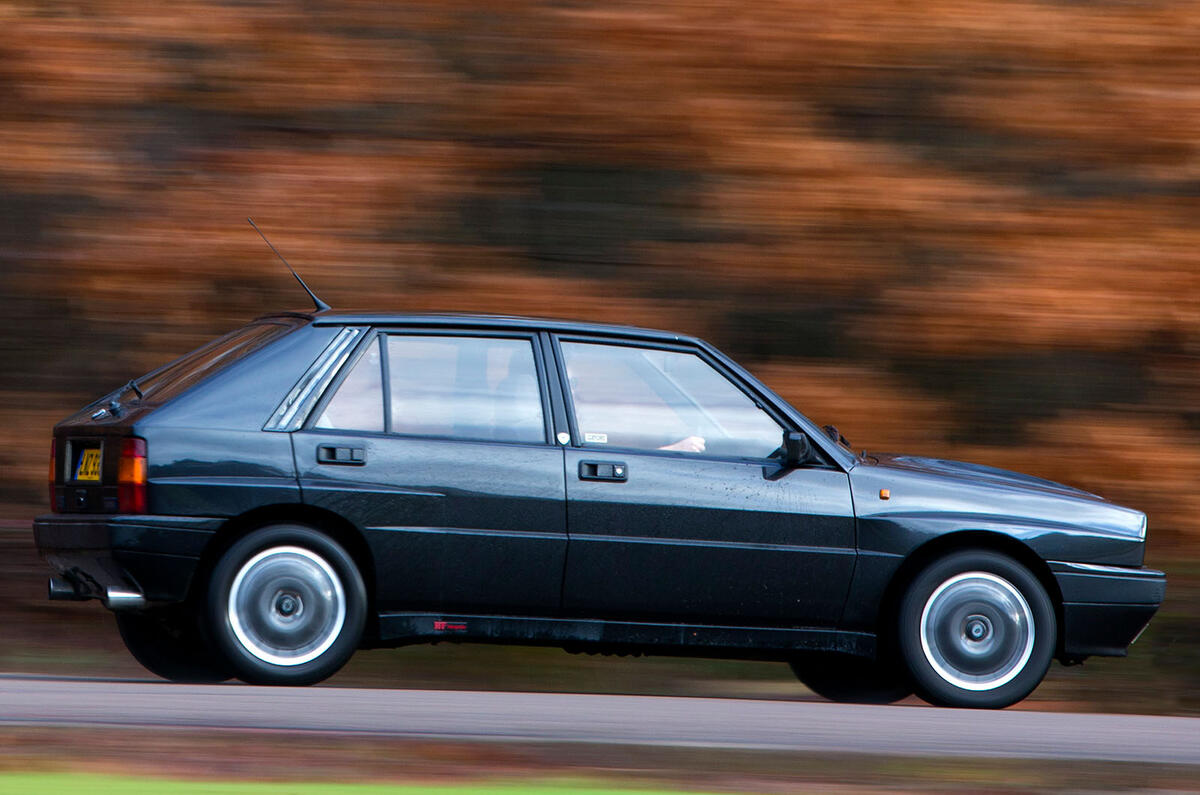

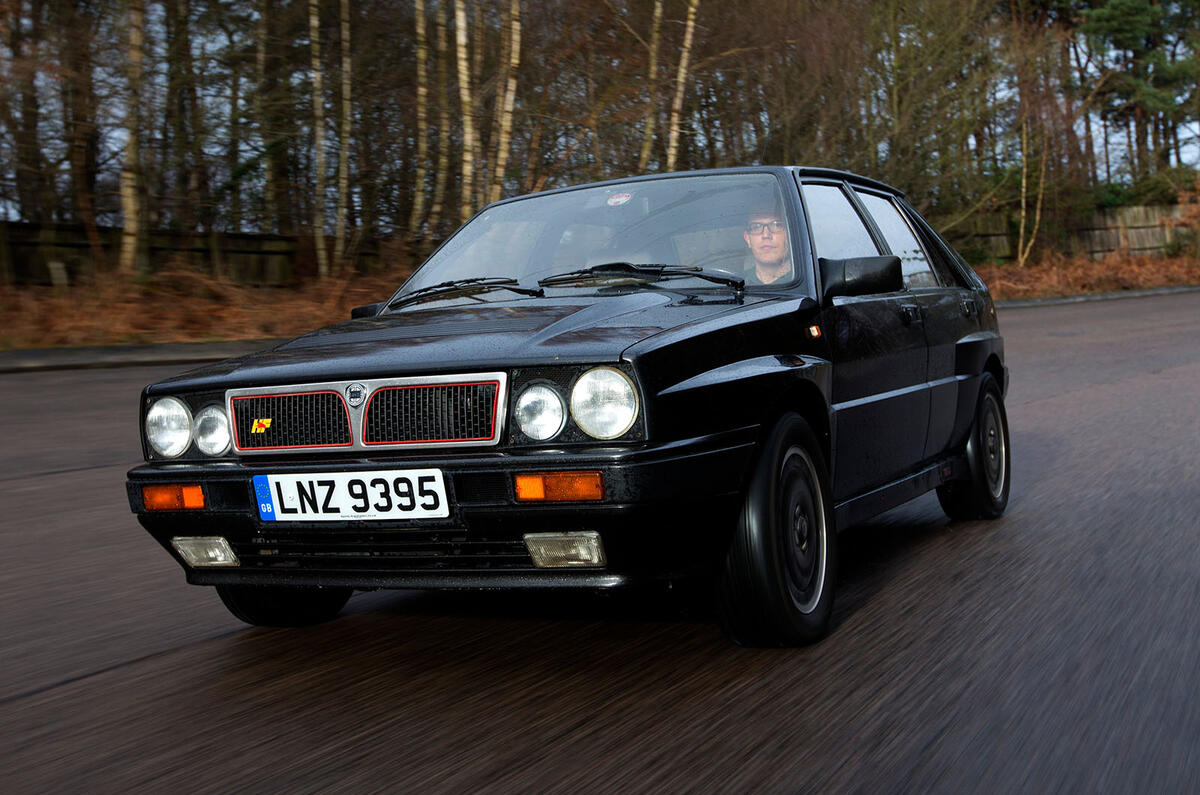
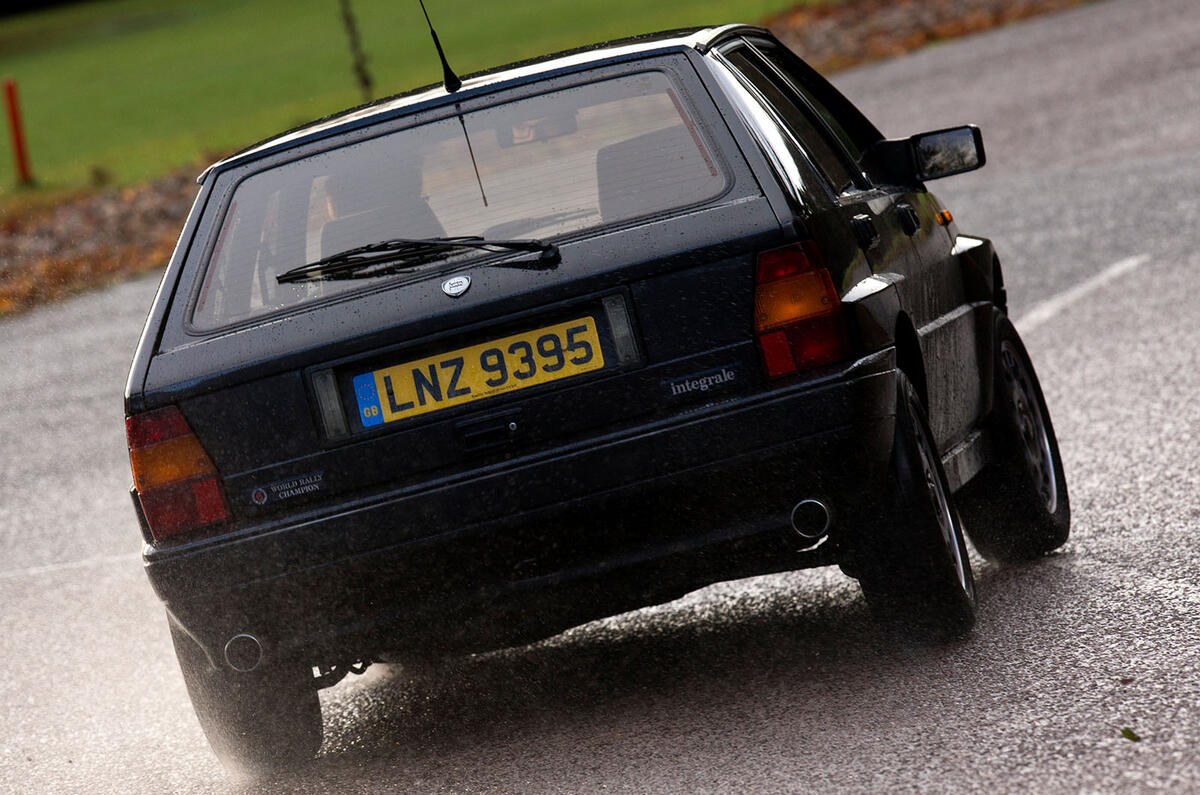

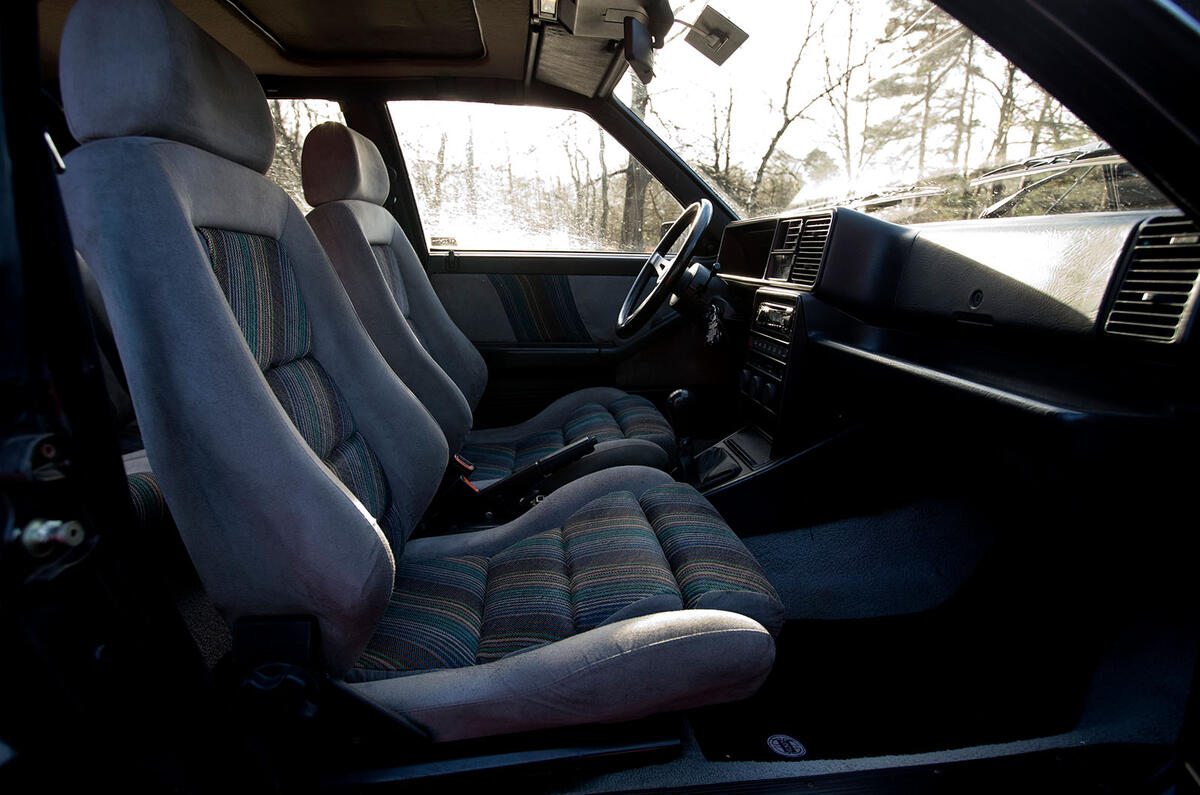
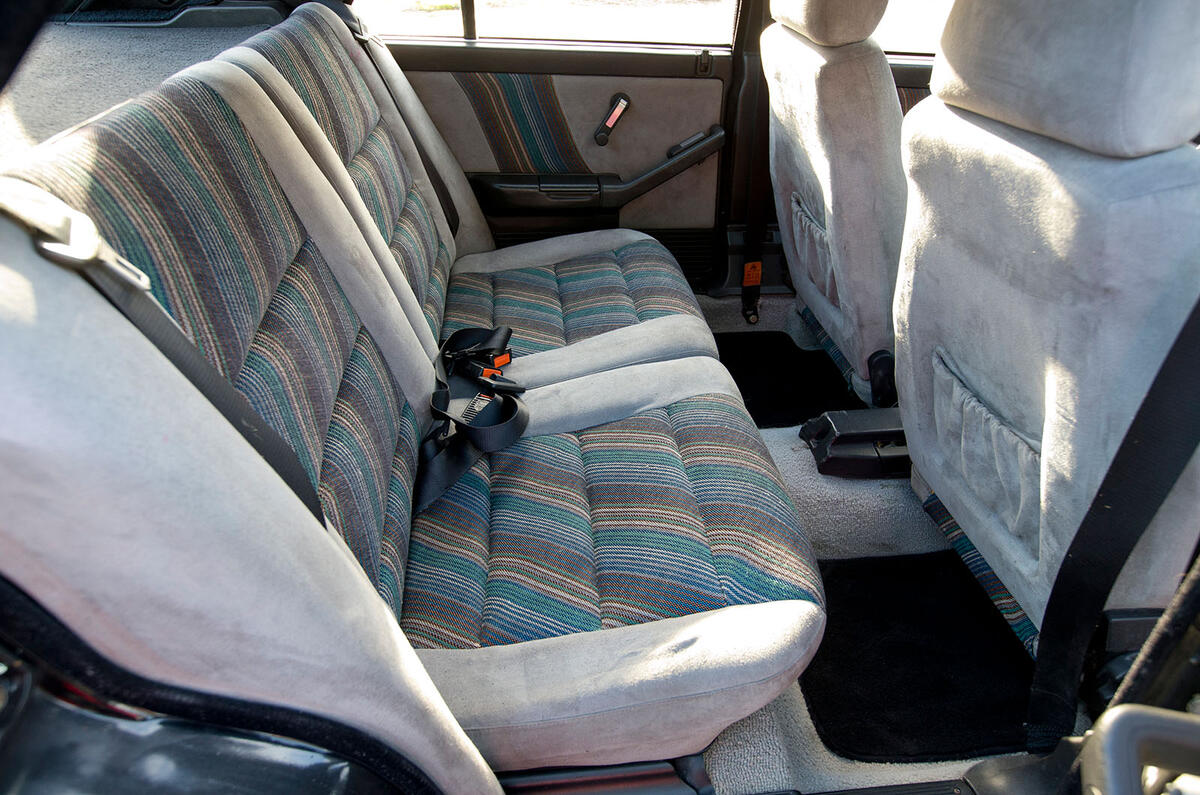
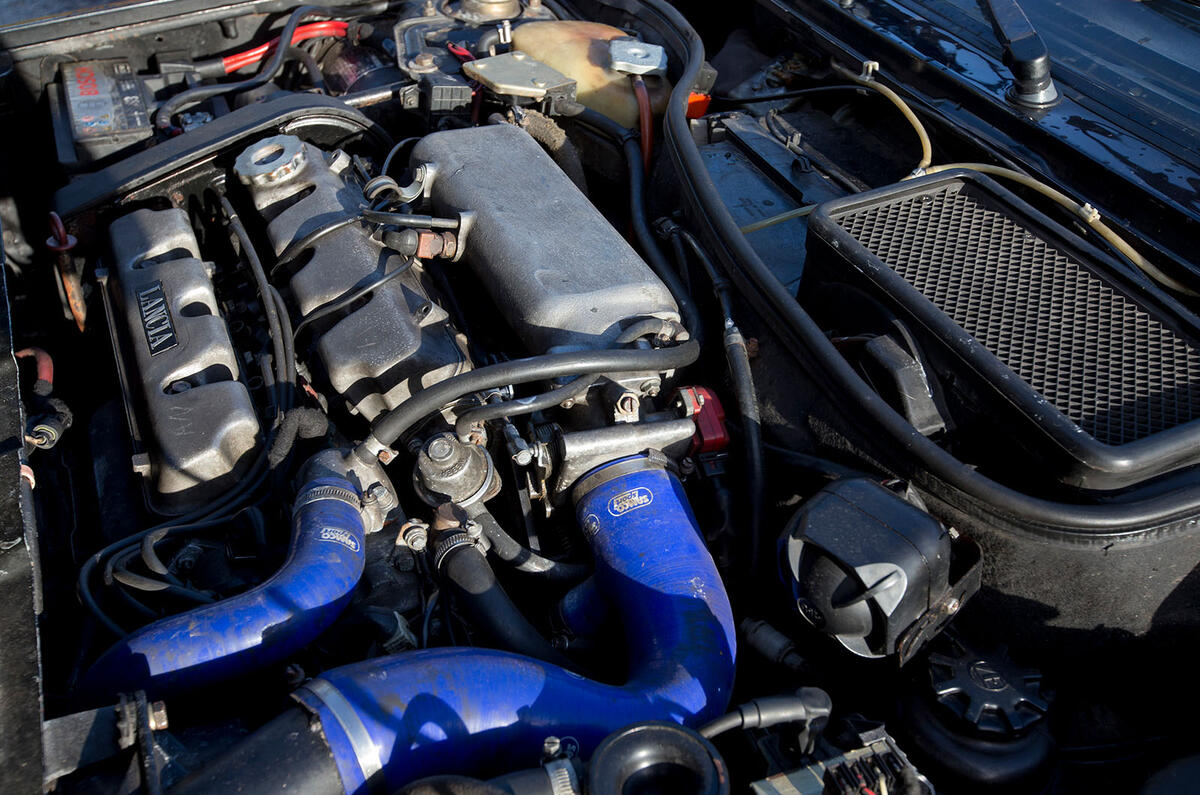

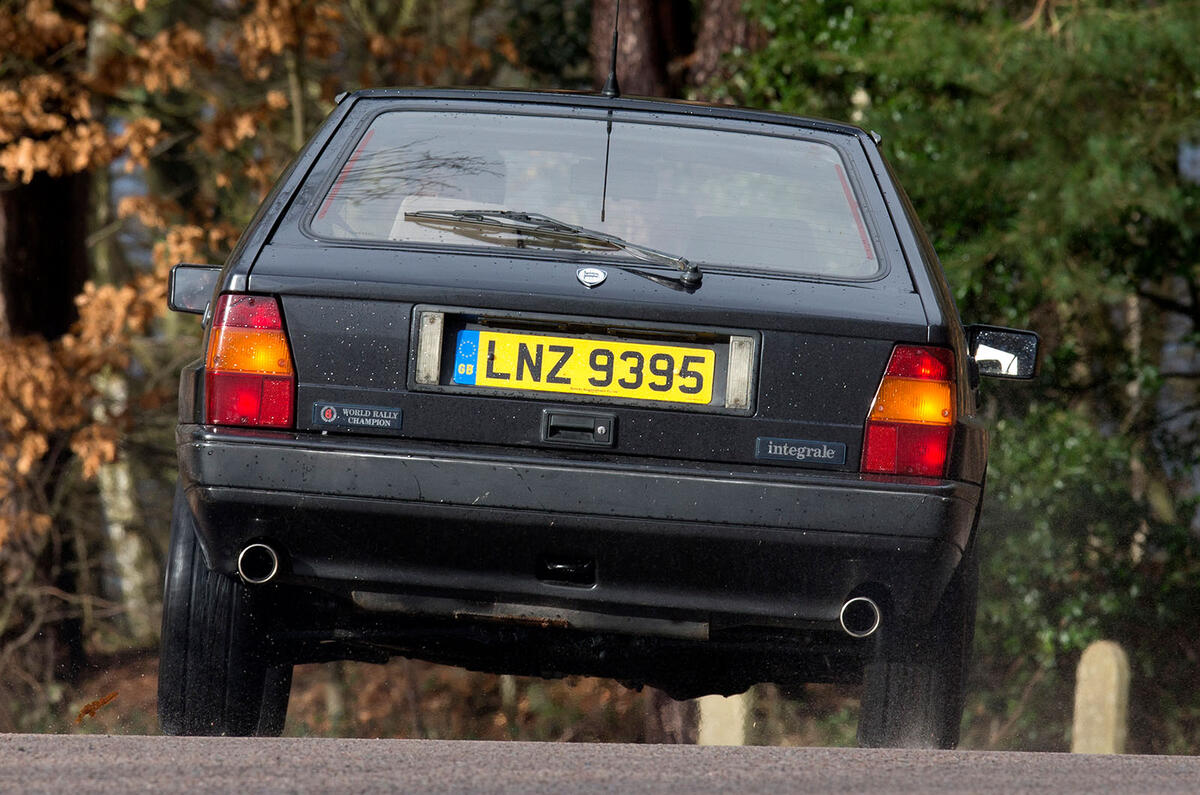
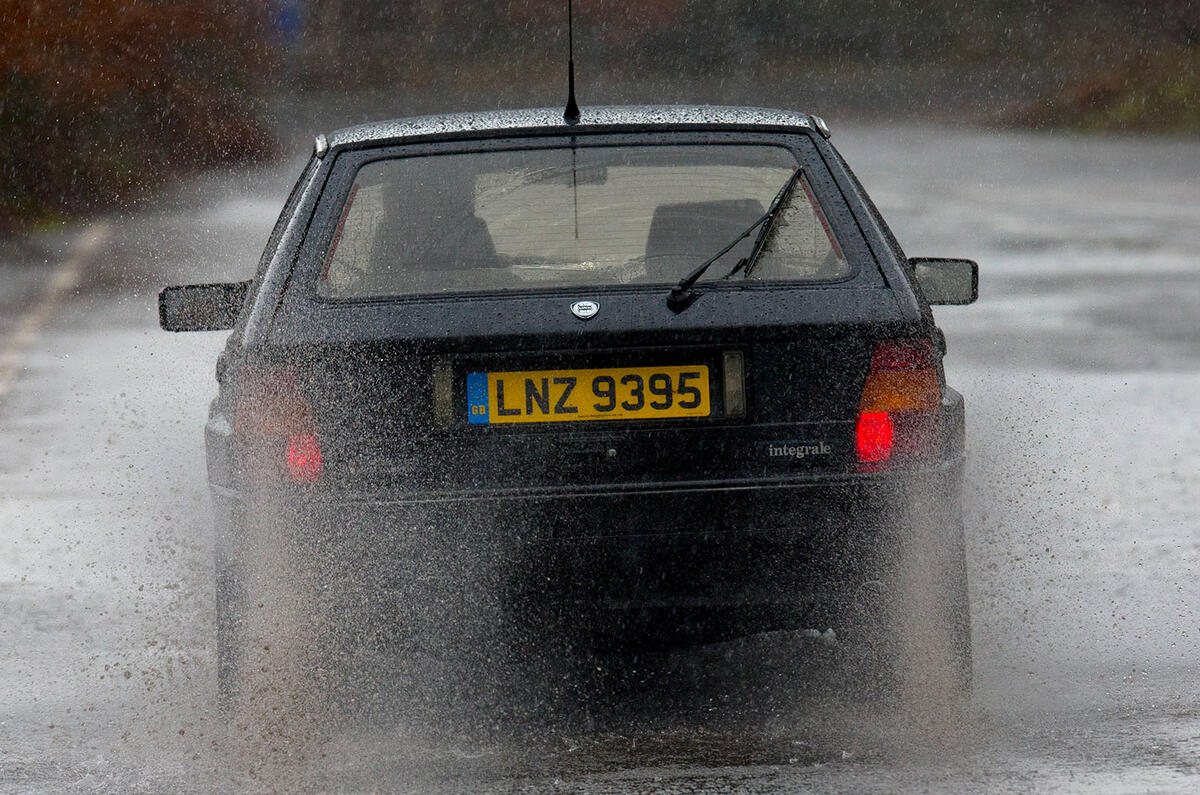
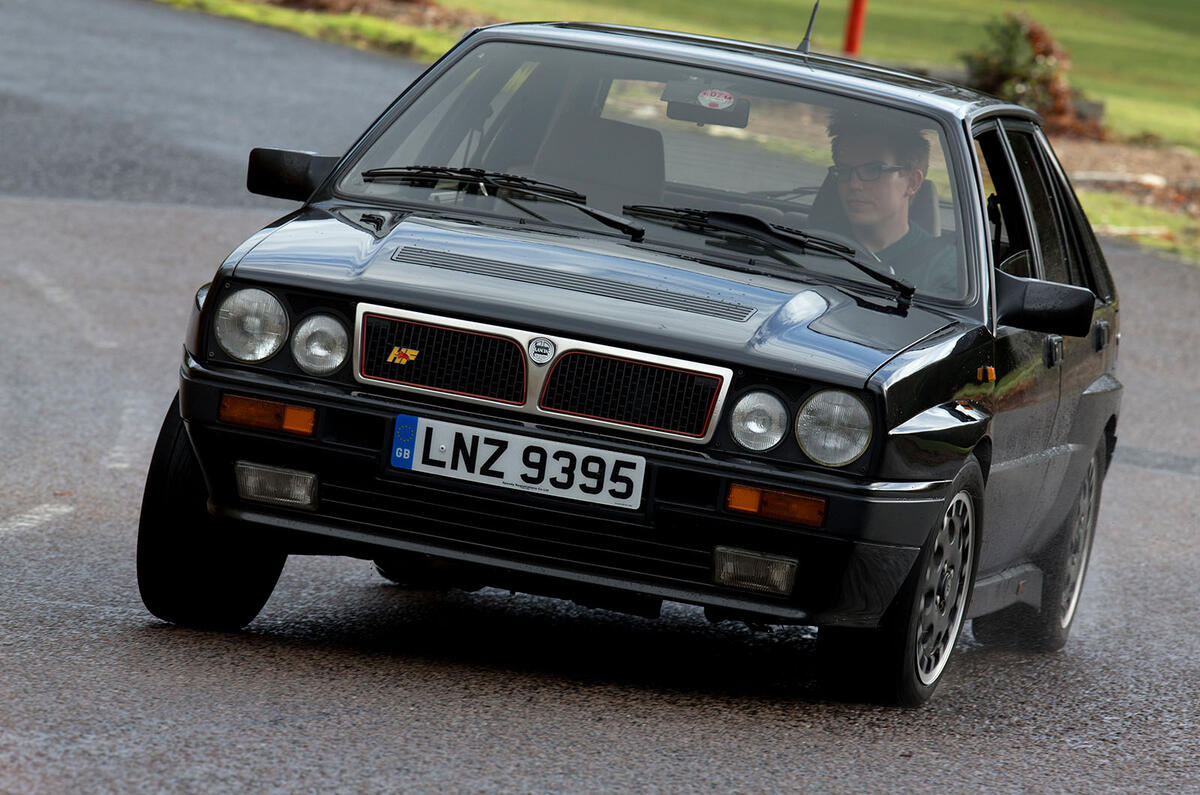
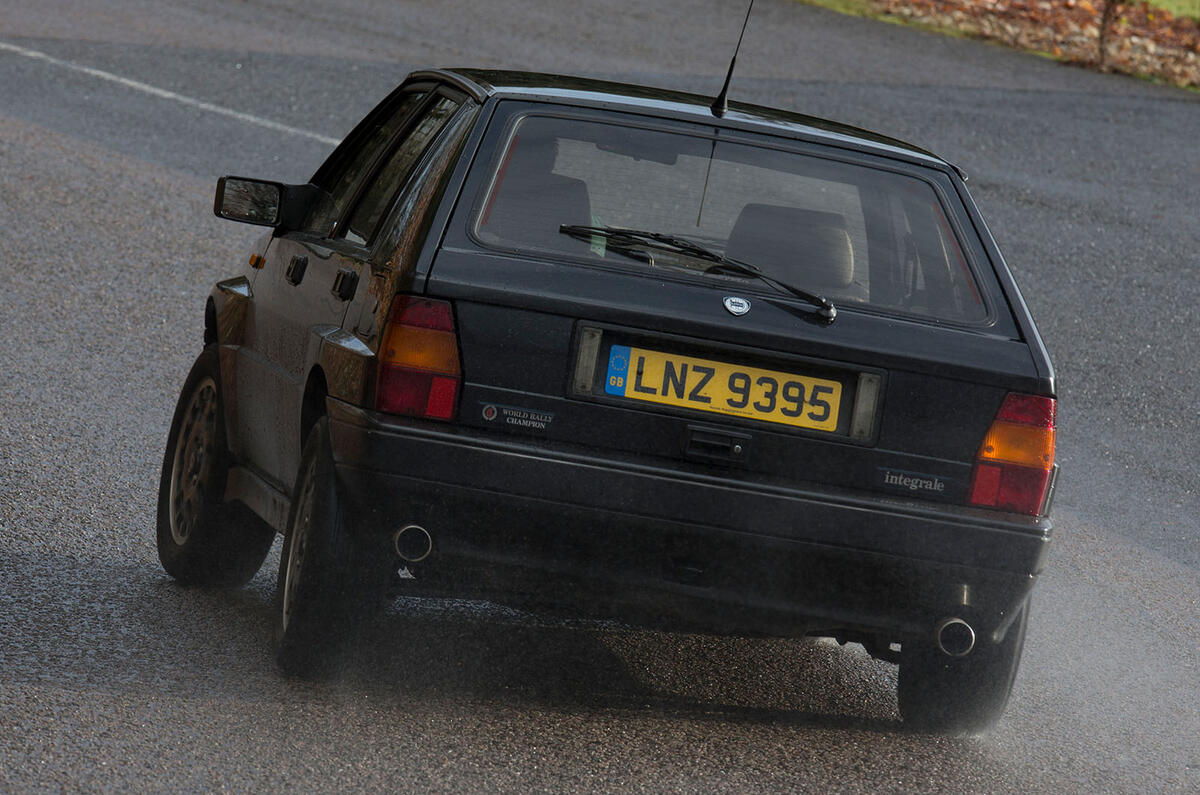
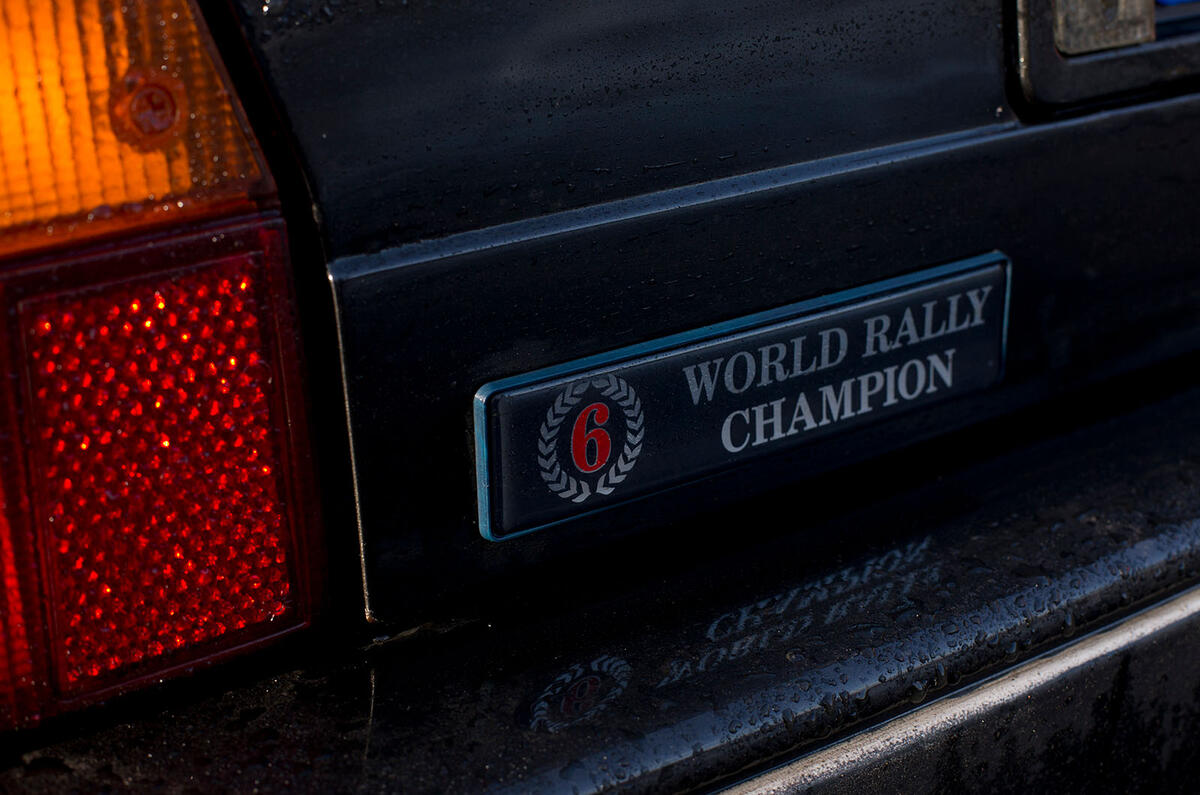
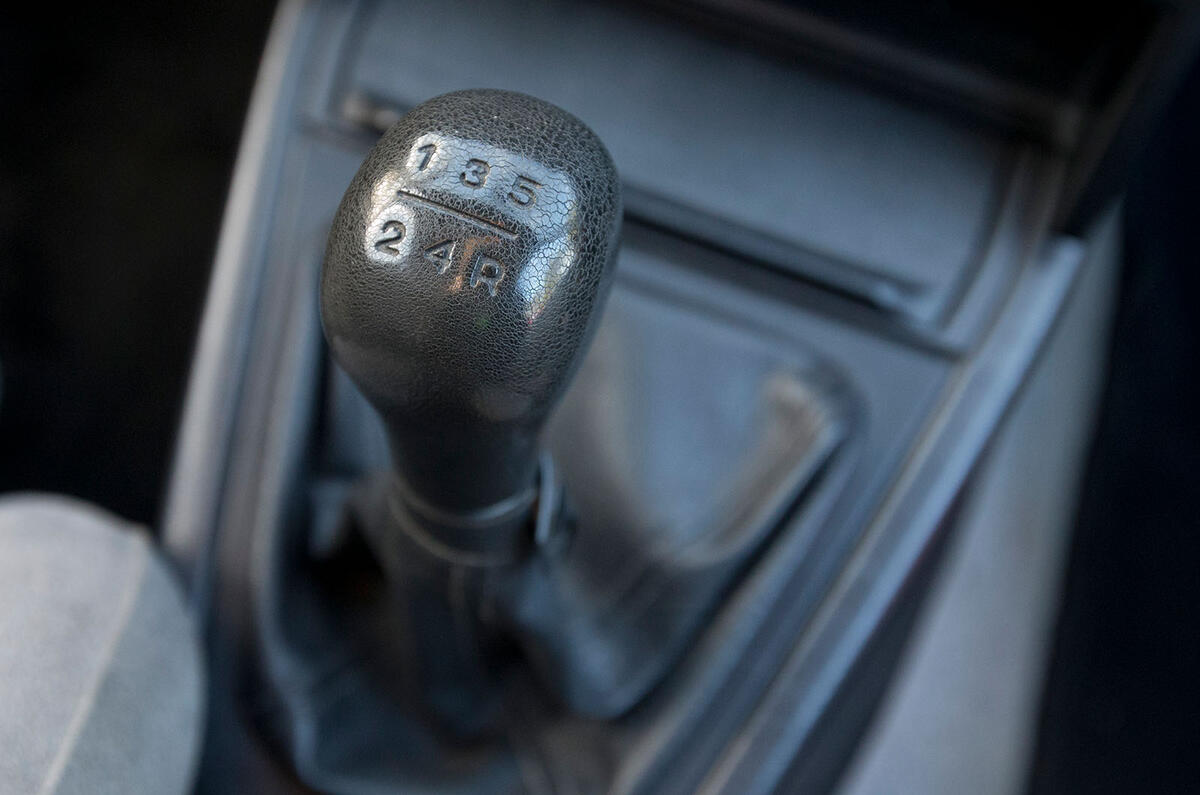
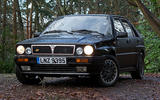
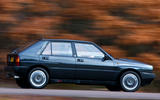
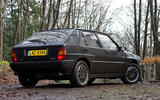
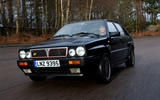
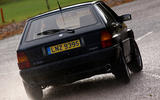
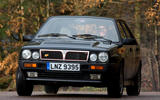

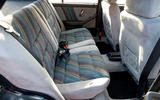
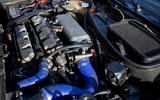
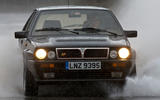


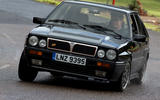
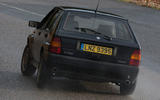
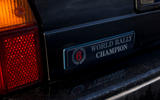
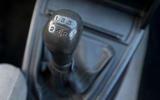





Join the debate
Add your comment
It is incorrect to say that 8v and 16v cars can be distinguished by the number of wheel bolts.
In general, pre Evo cars had four bolts, whether they were 8v or 16v and the Evos had five bolts. Interestingly, the Evos, when in full rally trim, also used only four but this time they were studs and nuts, rather than bolts.
HF (High Fidelity) lettering is a great idea by Lancia PR (Poor Reliability) department
My brother bought a dealer special Evo 2 run out model brand new back in 1995. His mate used to take the mick and laugh at how much value it was losing when they just sat at a red light back then. Thing is, he's still got it sat in its dehumidifier garage, maintained by a local specialist. Who's laughing now?
How much rent has he received sicnce buying the car and not driving it much?